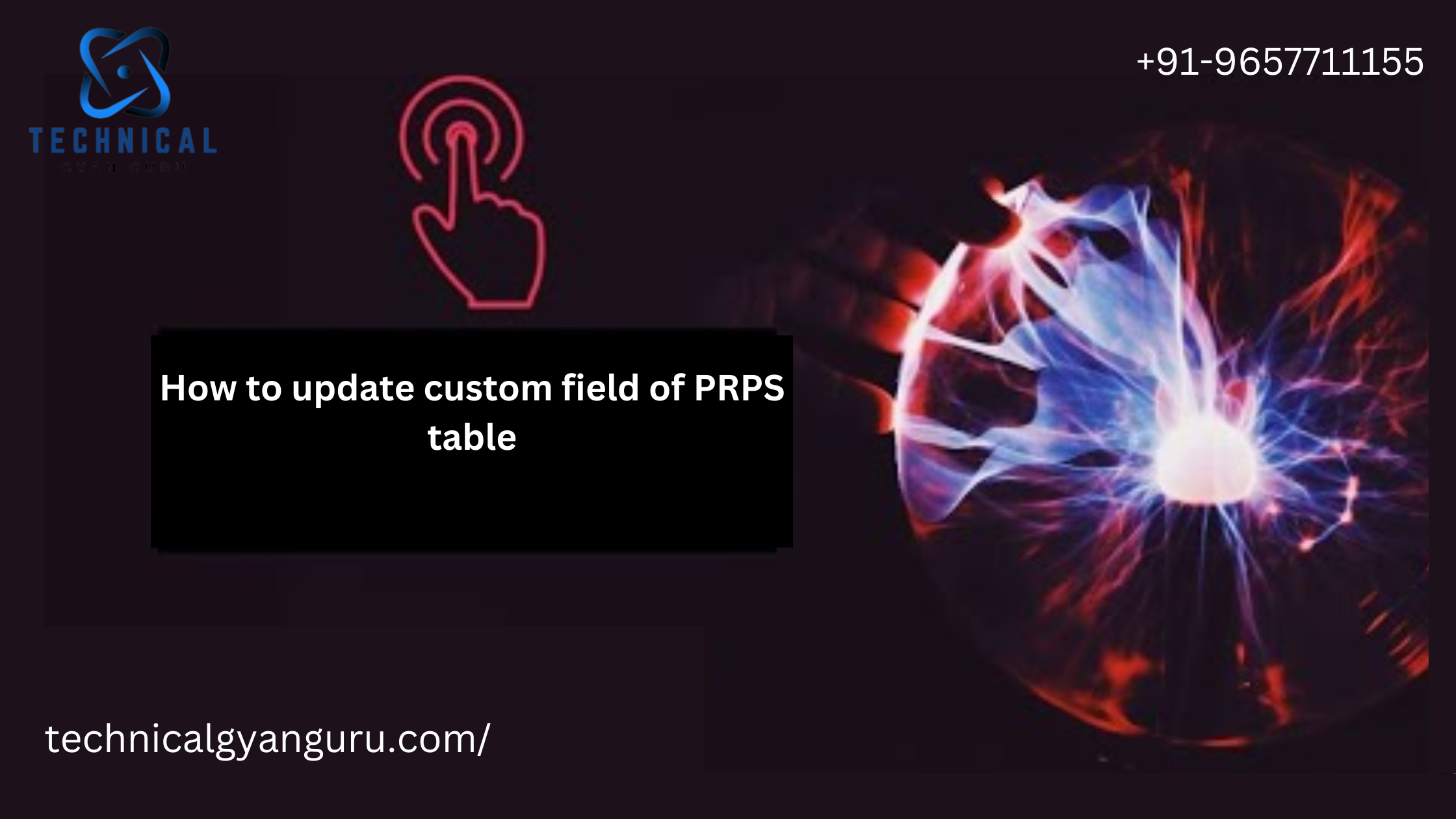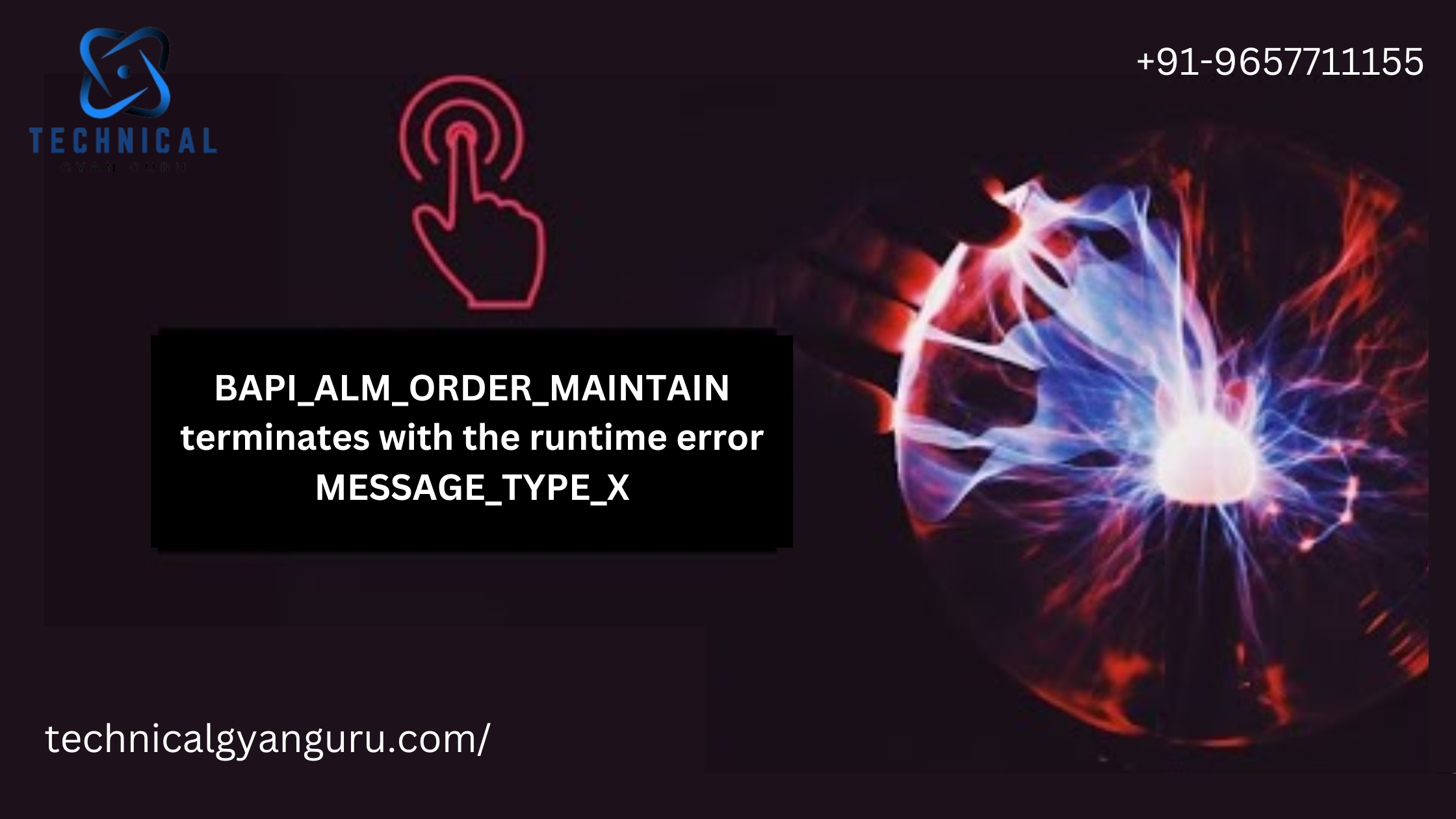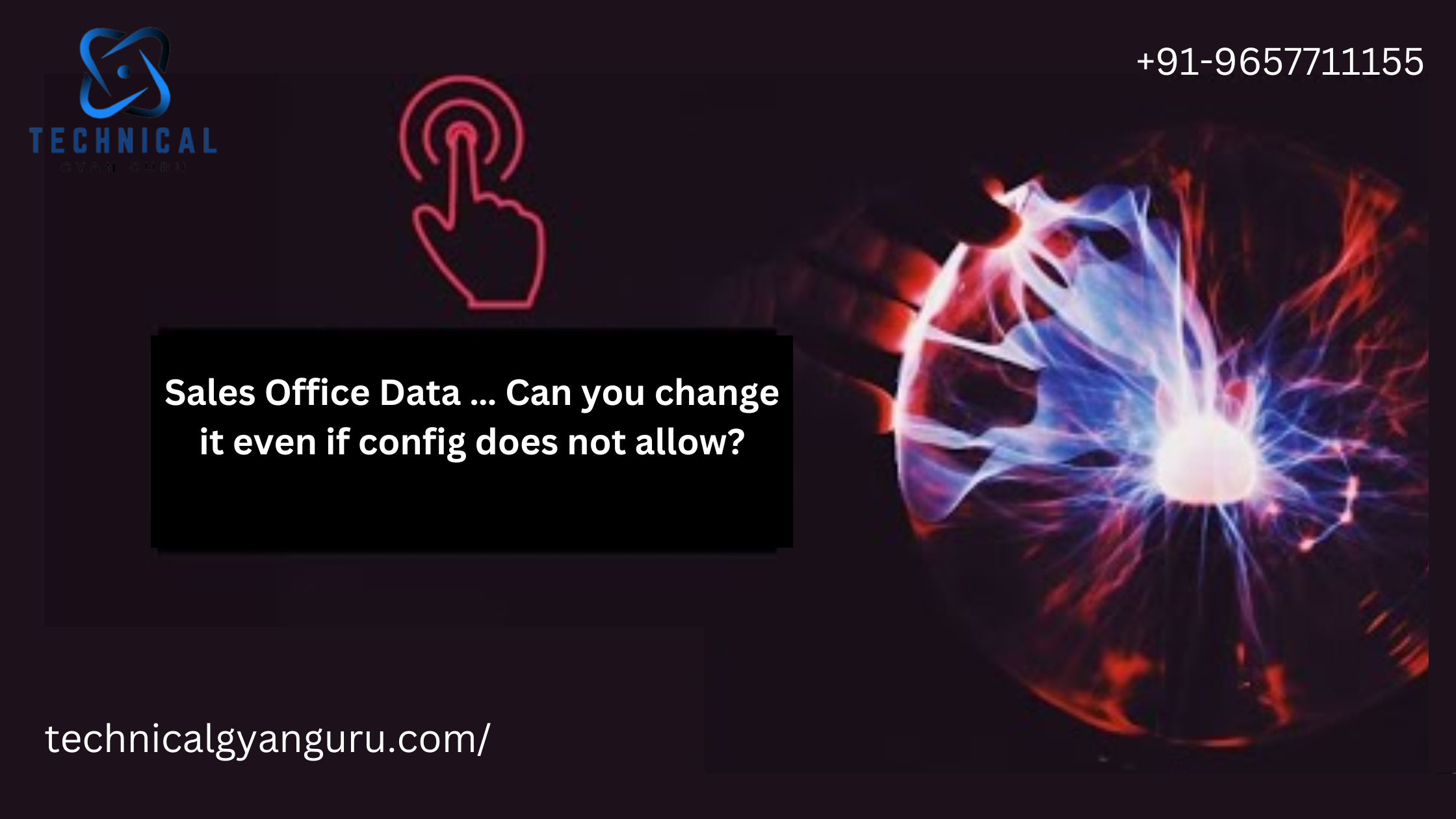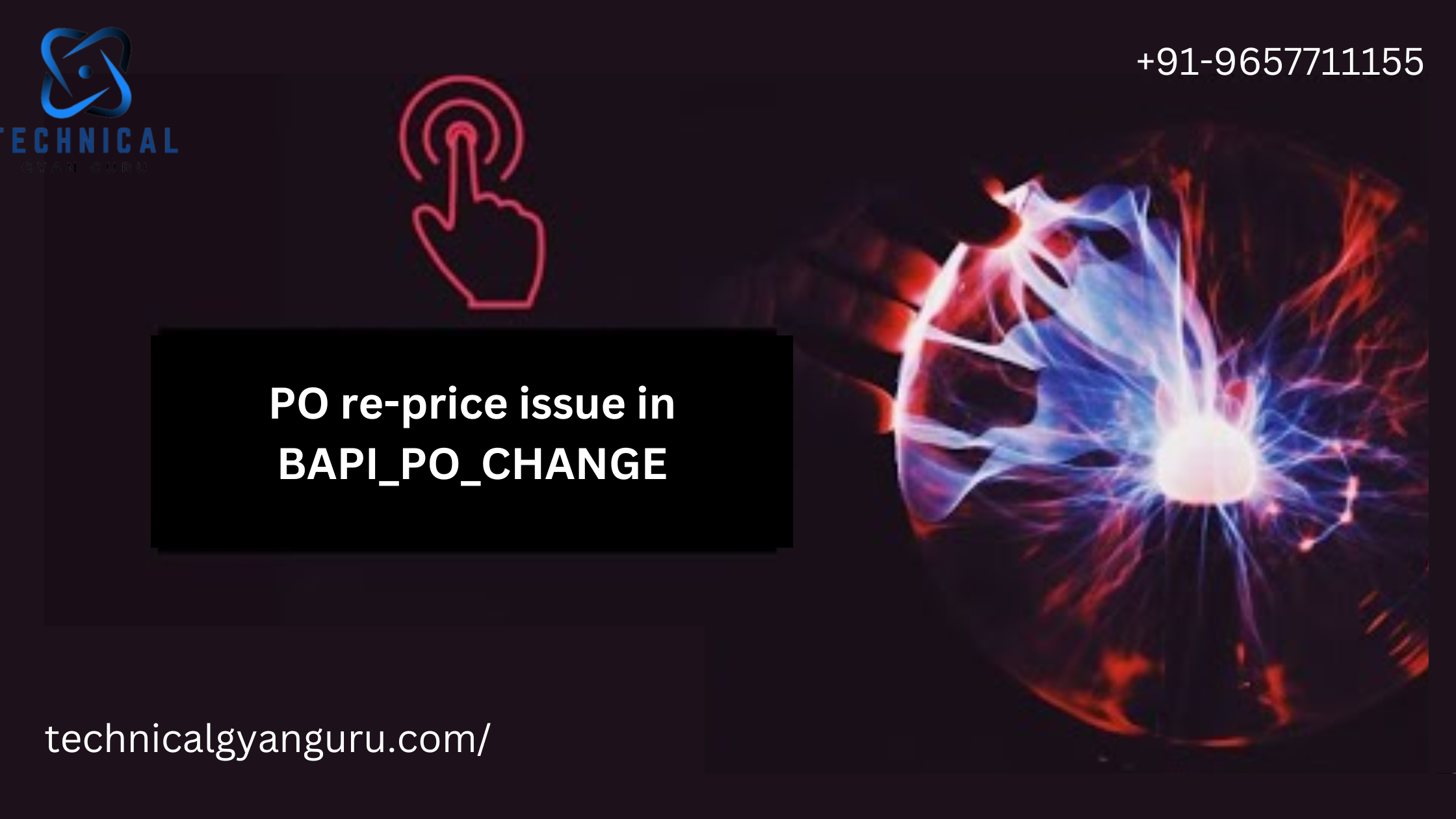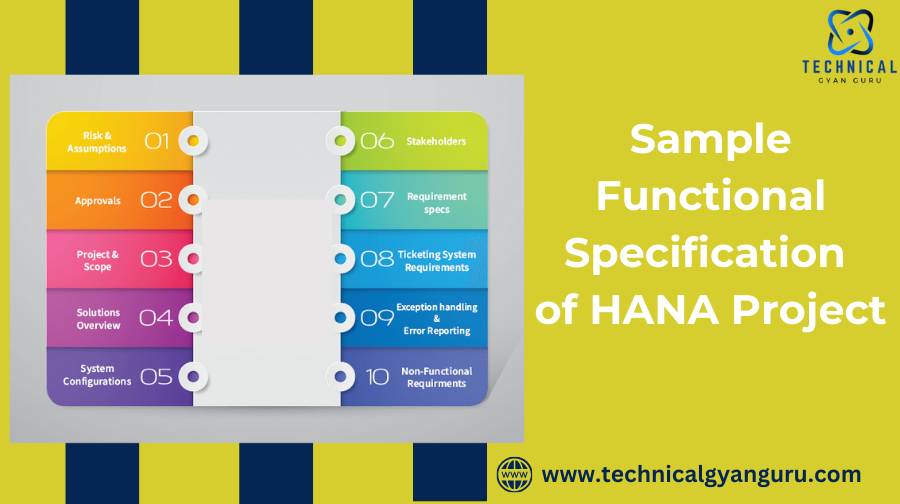
Sample SAP HANA Functional Specification outlines detailed requirements for SAP HANA implementation, covering business processes, data models, reports
In the world of enterprise resource planning (ERP), SAP HANA (High-Performance Analytic Appliance) stands out as a revolutionary in-memory database technology that processes data at unprecedented speeds. A functional specification document serves as a blueprint for an SAP HANA project, outlining the system’s functionalities, requirements, and expected outcomes. This comprehensive guide will delve into the intricacies of creating a functional specification for an SAP HANA project, ensuring that it meets professional standards and SEO best practices.
Executive Summary
The executive summary provides a high-level overview of the SAP HANA project, summarizing the project’s objectives, scope, and key benefits. It sets the stage for the detailed specifications that follow.
Key Points:
- Project Objective: To implement SAP HANA for real-time analytics and improved business performance.
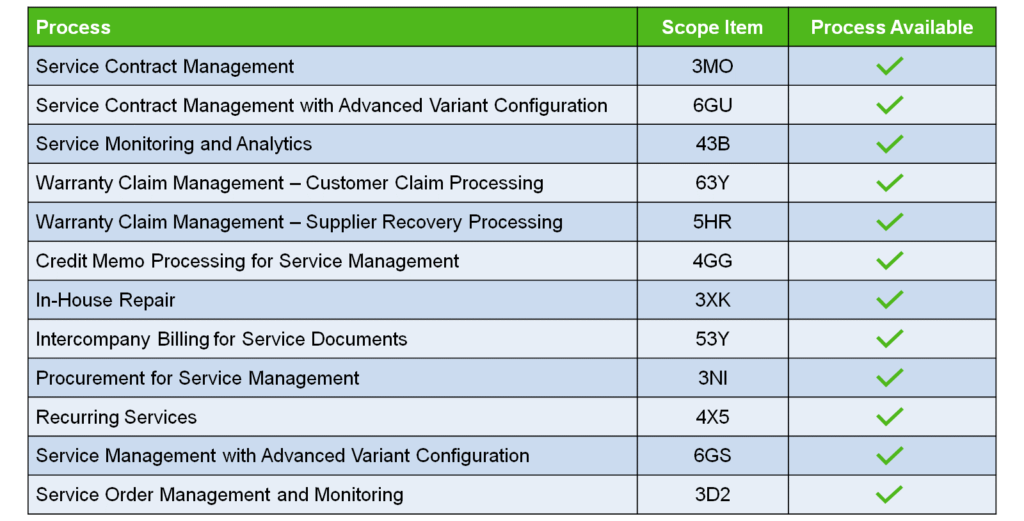
- Scope: Covering data migration, data modeling, integration, and reporting.
- Benefits: Enhanced data processing speed, real-time insights, and improved decision-making.
Project Overview
This section outlines the project’s background, including the current system landscape, the need for change, and the project’s anticipated impact.
Key Points:
- Current System: Description of the existing database and its limitations.
- Rationale for Change: The need for faster data processing and real-time analytics.
- Impact: Expected improvements in data accessibility, reporting, and business agility.
Business Requirements

Here, we detail the business requirements that the SAP HANA implementation aims to fulfill. These requirements should align with the organization’s strategic goals and address specific pain points.

Key Points:
- User Requirements: Needs of different user groups (e.g., management, analysts).
- Business Processes: Business processes that will be impacted or enhanced by SAP HANA.

- KPIs: Key Performance Indicators that will be used to measure success.
Functional Requirements
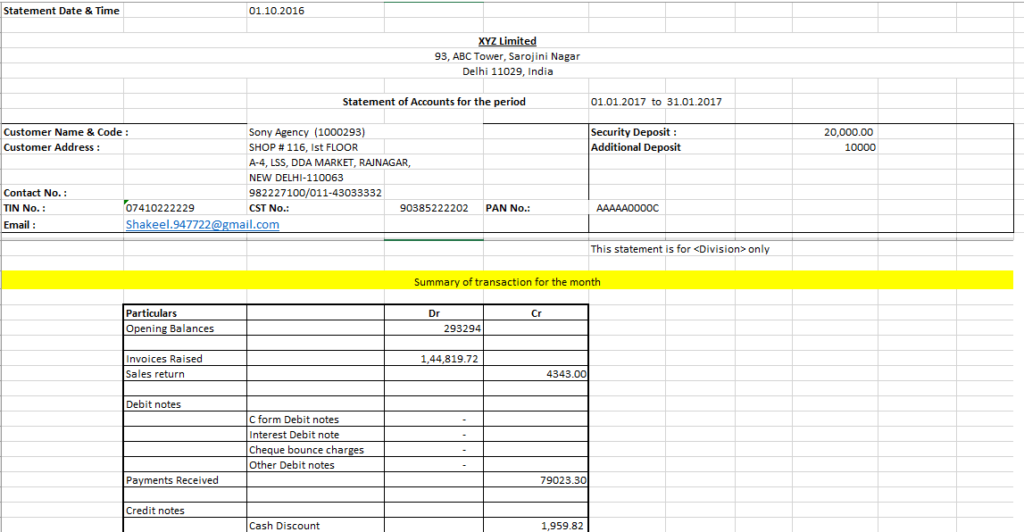
Functional requirements describe the specific functionalities that the SAP HANA system must provide. This includes data processing, storage, and retrieval capabilities.
Key Points:
- Data Processing: Real-time data analytics, batch processing, and ETL (Extract, Transform, Load) processes.
- Data Storage: Requirements for data storage, including volume, structure, and accessibility.
- Data Retrieval: Query performance, reporting capabilities, and dashboard functionalities.
Technical Requirements
This section outlines the technical specifications for the SAP HANA project, including hardware, software, and network requirements.
Key Points:
- Hardware Requirements: Specifications for servers, storage devices, and network components.
- Software Requirements: Required software components, including SAP HANA, data modeling tools, and integration software.
- Network Requirements: Network bandwidth, latency, and security considerations.
Data Modeling
Data modeling is a crucial aspect of any SAP HANA project. This section describes the data models that will be used, including conceptual, logical, and physical models.
Key Points:
- Conceptual Model: High-level representation of the data entities and relationships.
- Logical Model: Detailed representation of data entities, attributes, and relationships.
- Physical Model: Implementation of the logical model in SAP HANA, including tables, indexes, and partitions.
Security and Compliance
Security and compliance are paramount in any data project. This section details the measures that will be taken to secure data and ensure compliance with relevant regulations.
Key Points:
- Data Security: Encryption, access controls, and auditing.
- Compliance: Compliance with regulations such as GDPR, HIPAA, and industry-specific standards.
- User Roles and Permissions: Definition of user roles and access levels.
Integration Points
Integration with existing systems is critical for the success of the SAP HANA project. This section outlines the integration points and methods.
Key Points:
- Source Systems: Systems that will feed data into SAP HANA.
- Target Systems: Systems that will consume data from SAP HANA.
- Integration Methods: APIs, data connectors, and middleware solutions.
Reporting Requirements
Reporting is a key use case for SAP HANA. This section details the reporting requirements, including types of reports, data sources, and visualization tools.
Key Points:
- Report Types: Standard reports, ad-hoc reports, and dashboards.
- Data Sources: Data sources for reporting, including SAP HANA tables and external systems.
- Visualization Tools: Tools and technologies for data visualization (e.g., SAP Lumira, Tableau).
Performance Considerations
Performance is a critical factor in the success of an SAP HANA project. This section outlines the performance requirements and strategies for achieving them.
Key Points:
- Performance Metrics: Key metrics for measuring performance, such as query response time and data load time.
- Optimization Strategies: Indexing, partitioning, and data compression techniques.
- Monitoring and Tuning: Tools and techniques for monitoring and tuning performance.
Testing and Validation
Testing and validation ensure that the SAP HANA implementation meets all requirements and performs as expected. This section outlines the testing strategy.
Key Points:
- Test Plan: Detailed plan for testing, including unit tests, integration tests, and user acceptance tests.
- Validation Criteria: Criteria for validating the success of the implementation.
- Issue Resolution: Process for identifying and resolving issues.
Deployment Plan
The deployment plan outlines the steps for rolling out the SAP HANA project to production. It includes timelines, milestones, and risk mitigation strategies.
Key Points:
- Deployment Strategy: Phased deployment vs. big bang deployment.
- Timelines and Milestones: Key dates and milestones for the deployment.
- Risk Mitigation: Strategies for mitigating deployment risks.
Maintenance and Support
Ongoing maintenance and support are critical for the long-term success of the SAP HANA project. This section outlines the maintenance plan and support structure.
Key Points:
- Maintenance Plan: Regular maintenance activities, including backups, updates, and performance tuning.
- Support Structure: Support levels, escalation procedures, and support tools.
- Continuous Improvement: Strategies for continuously improving the system.
Conclusion
The conclusion summarizes the key points of the functional specification and reiterates the project’s importance to the organization.
you may be interested in this blog here:-
WHAT IS DIFFERENT SUB MODULES IN SAP FINANCE MODULE?
Crack the Salesforce Admin Certification Syllabus Breakdown and Study Tips
Top SAP MM Interview Questions & Answers for 3 Years Experienced…




